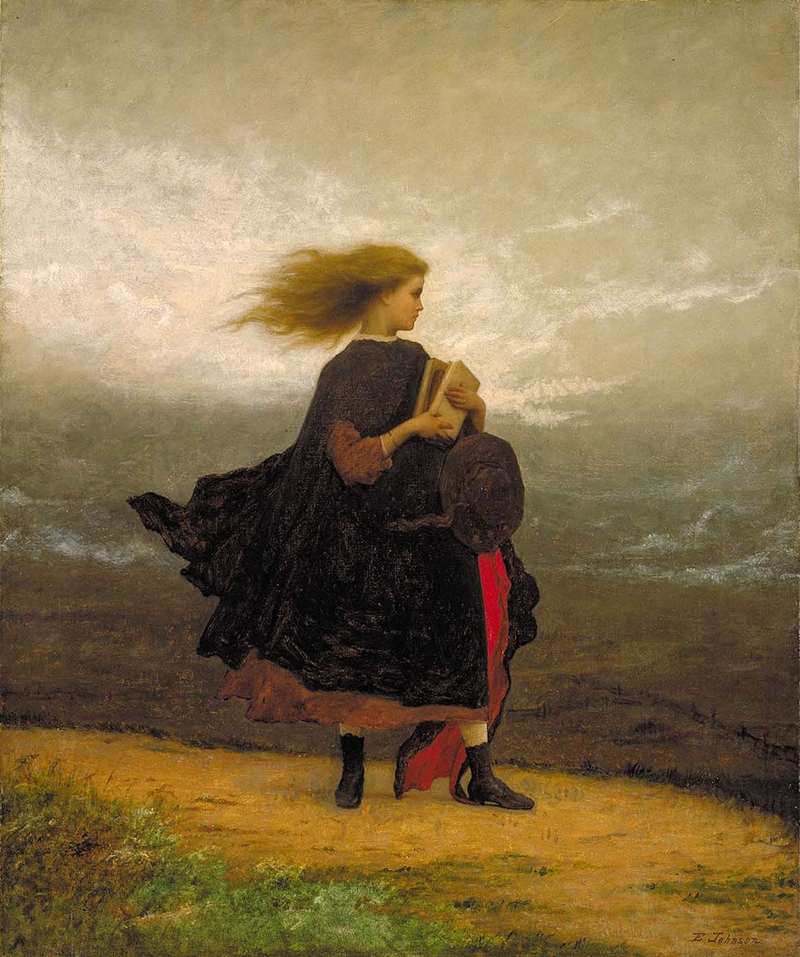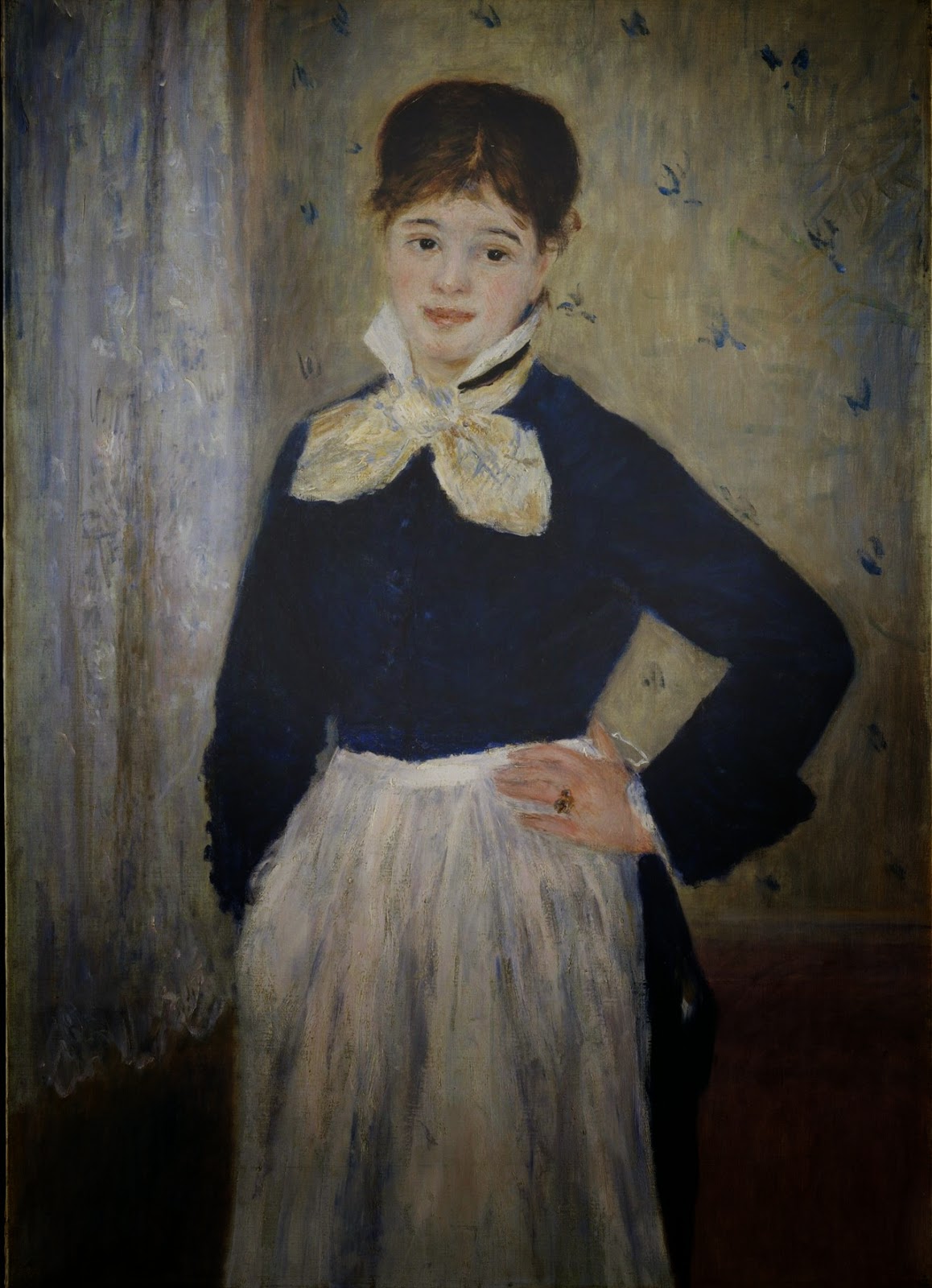Vincent van Gogh was a flower fan!
It all began in Paris, where he lived for two years (1886-88).
During his time there, he noticed that flower still lifes sold well.
Some French artists even specialised in painting flower still lifes.
Van Gogh started painting flower still lifes in the hope they would sell well.
Vincent van Gogh | Bouquet of Flowers in a Vase, 1890 | Metropolitan Museum of Art



.jpg)
.jpg)
.jpg)
.jpg)




















%2B-%2BCactus.jpeg)
%2B-%2BCactus.jpeg)











